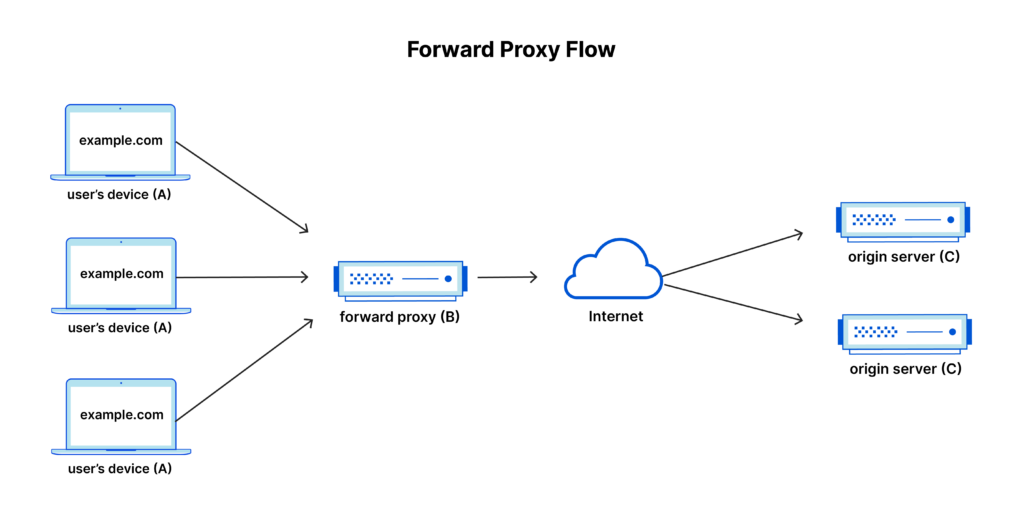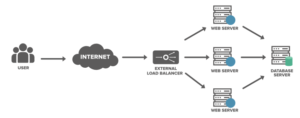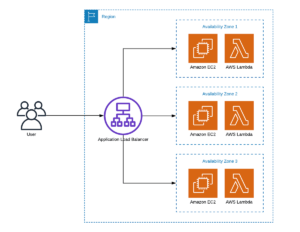Introduction
In the world of modern web applications and services, ensuring security, high availability, and seamless user experiences is important. Reverse proxies will be an essential component in achieving these goals. In this blog post, we will explore the concept of reverse proxy, understand its functionalities, benefits, and how it can be used to safeguard and optimize web infrastructure.
What is a Reverse Proxy?
A reverse proxy acts as an intermediary server that sits between client devices and web servers, forwarding client requests to the appropriate backend servers. Unlike a traditional forward proxy that represents clients, a reverse proxy represents servers, intercepting requests from clients before they reach the intended servers.
It provides additional security or abstraction for the application servers. It prevents servers to disclose identities directly to the client and helps in the prevention to direct threats.
How Does a Reverse Proxy Works?
A reverse proxy stands in between the client and the server. It works as a guard or gate-keeper for the web application which can also check the validity of the request.
When a client requests to access the Web Application, the reverse proxy intercepts the request and examines its content. Based on how the proxy server is configured, it validates the request from the client before sending it to the application server.
If the request does not match the condition, the reverse proxy can block the request or return an invalid response to the client. It can also log the request to the logging system according to the severity of the request block.
If the request is valid, then, it can forward the request to the request applications server. This request transmission works on various factors, such as load-balancing algorithms, server health, geographic location, etc. After sending, it read the response from the server and serves it to the client who requested it. Also, if the reverse proxy is configured to validate the response from the server, it can filter out the response which prevents sensitive data exposure.

Advantages of Implementing a Reverse Proxy
A reverse proxy shares various advantages over standalone backend servers which ease the tasks of Administration, Security, Deployment, etc, provide a seamless experience to the end users and increase user engagement.
Enhanced Security
One of the primary benefits or goals of a reverse proxy is its ability to act as a shield between clients and servers. It can hide the internal server architecture, making it harder for attackers to directly target backend servers. Additionally, it can be configured to block malicious requests and protect against Distributed Denial of Service (DDoS) attacks.
Conclusion
In conclusion, reverse proxies play a vital role in providing security and management to web infrastructure. By acting as a protective barrier between clients and servers, it enhances security and mitigates potential security risks. Additionally, reverse proxies empower businesses to distribute traffic efficiently, improve application performance, and deliver seamless user experiences. As the digital landscape continues to evolve, integrating a reverse proxy into your web architecture will undoubtedly become a key component for modern web applications.



